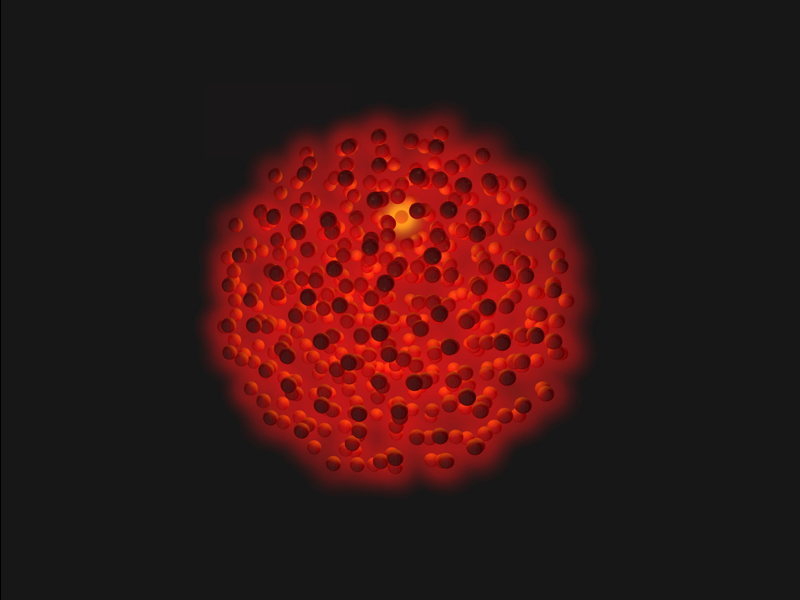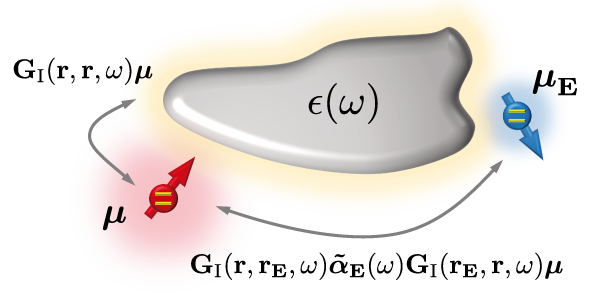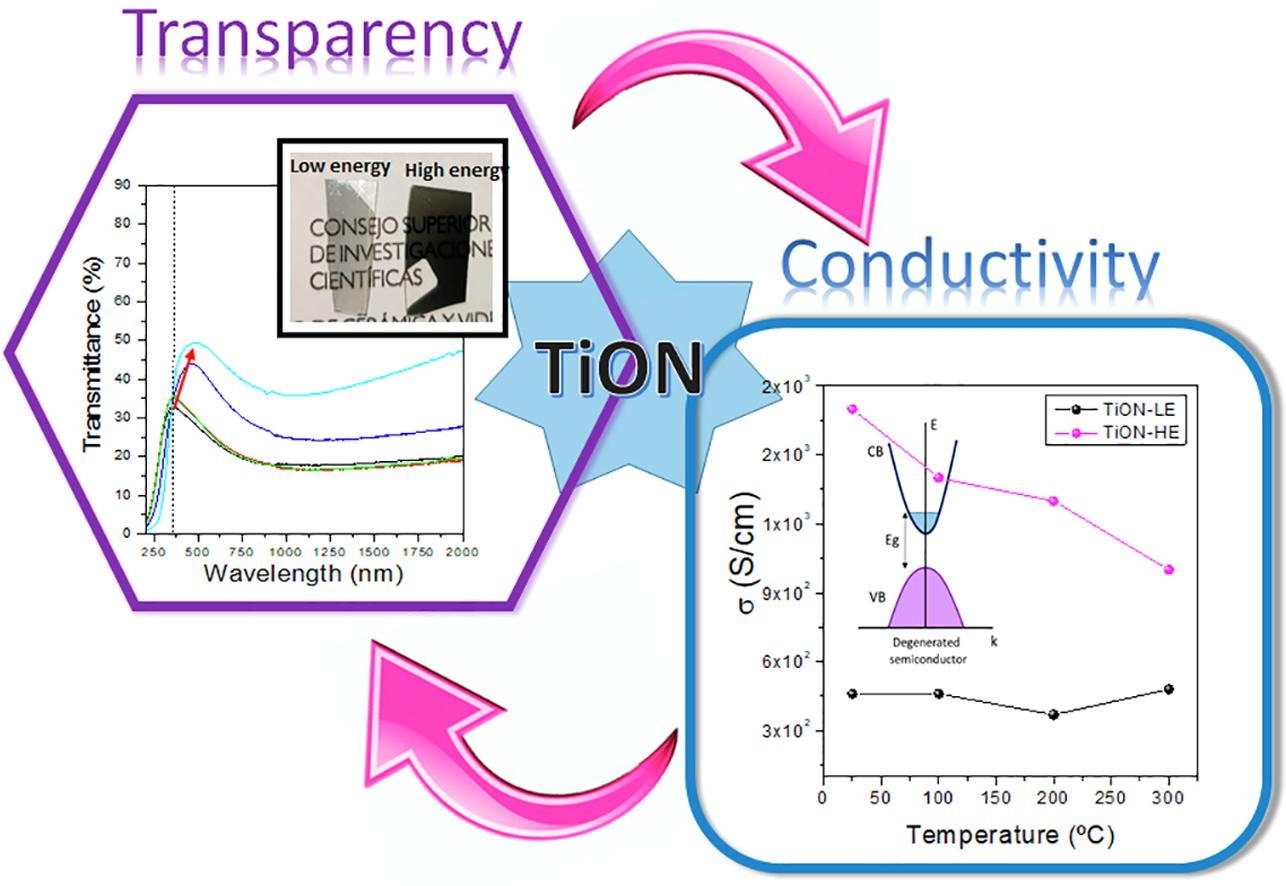Green Tensor Analysis of Lattice Resonances in Periodic Arrays of Nanoparticles

At the IO-CSIC, we work on the theoretical explanation of nanoscale network resonance phenomena, with applications such as energy transfer and quantum information processing.
Metallic structures with sizes on the order of tens to hundreds of nanometers can withstand excitations of their conduction band electrons, known as surface plasmons.
If instead of a particle we have a matrix of metallic nanostructures organized in a periodic geometry, their plasmons are capable of “vibrating” in collective resonance modes, known as lattice resonances. These resonance modes give rise to very intense optical phenomena that only occur for very particular wavelengths of incident light.
To show that they have calculated the electromagnetic field produced by the array at a certain point when it is excited by the emission of a dipole. The studied nanostructure has been a square matrix made of identical silver nanospheres.

These results constitute a robust theoretical framework that facilitates the interpretation of recent experimental results, as well as the development of new applications that exploit the exceptional optical properties of periodic arrays of nanoparticles.
Resonance
In physics, resonance describes the phenomenon of amplitude increase that occurs when the frequency of a periodic stimulus (such as the frequency of light) is equal to or close to a natural frequency of the system on which it acts. When the oscillation is applied at a resonant frequency, the system oscillates at a higher amplitude than when the same force is applied at another non-resonant frequency.
Network resonances
Lattice resonances are collective modes of surface plasmons supported by periodic arrays of metallic nanostructures. These lattice resonances originate from coherent multiple scattering between the components of the array.
The wavelength associated with the resonance depends on the periodicity of the matrix and, due to their collective nature, they produce optical responses that are both very strong and spectrally narrow, leading to record quality factors for metallic systems. Thanks to these exceptional properties, periodic arrays of metallic nanostructures are being used in a wide range of applications, such as the implementation of ultrasensitive optical sensors, the development of platforms to explore new physical phenomena, as well as the design of different optical elements, such as light-emitting devices, lenses, color filters, and nonlinear elements.
Related news
New breakthrough in nanophotonics explains how hot nanoparticle arrays cool
Distortion of the local density of states in a plasmonic cavity by a quantum emitter
Transparent high conductivity titanium oxynitride nanofilms obtained by nucleation control for sustainable optoelectronics
Suscription
Instituto de Óptica “Daza de Valdés”
(IO-CSIC)
C/ Serrano, 121
28006 Madrid (España)
Tel: 915 616 800 / Fax: 915 645 557









